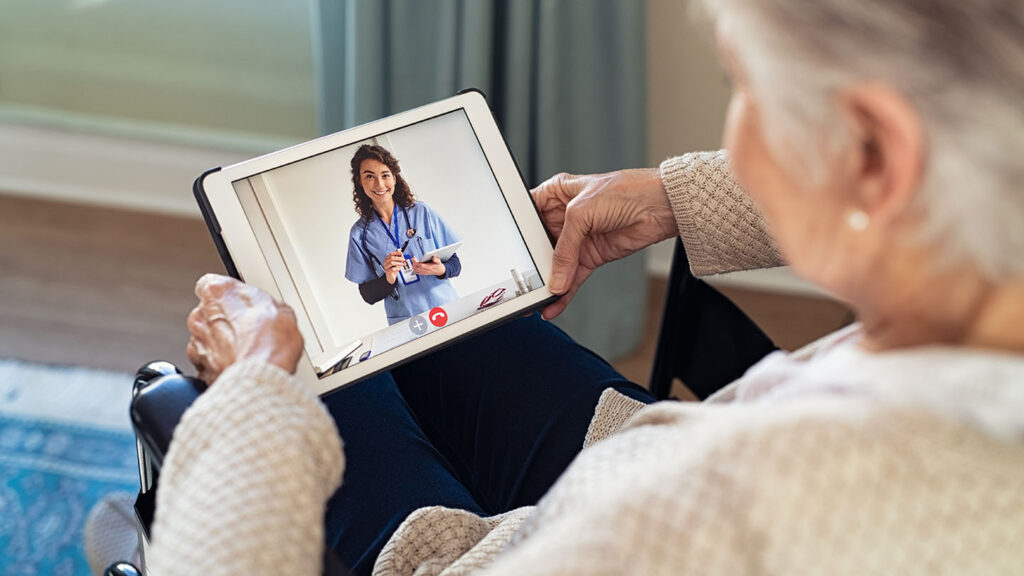
Once the pandemic was in full swing, Medicare started paying doctors and other healthcare providers for e-visits (those that required at least five minutes of medical decision-making). The e-visits are still an available service to patients, though few older adults still use the service, according to a new study that explores how the form of telehealth was and is being used. The study was published this month in Health Affairs.
E-visits, which are typed into patient portals, never got the fame that video and phone telehealth did. About 1% of Medicare users have utilized patient portal messaging in a way that led their doctors to bill for their time, the report stated. About 30% of e-visits were billed, and the visits involved a doctor or clinician devoting 21 minutes or more to making decisions about the person’s care.
About half of the billed e-visits were with primary care providers, and most of the interactions were to help people manage high blood pressure or diabetes, the data showed.
Though e-visits went up when the pandemic started, the rate of billed e-visits went down and stayed about the same through the end of 2022. Researchers didn’t study patient portal communications that weren’t billable.
“We need to understand more about how this type of care can be most effectively used by both patients and providers, and what it means for clinic operations, provider burnout and patient behavior and outcomes,” Terrence Liu, MD, study author, National Clinician Scholar at University of Michigan’s Institute for Healthcare Policy and Innovation and a clinical instructor in internal medicine at the university, said in a statement.
“Patient portal messages can be a great tool for chronic disease management, which is the bread and butter of primary care,” he said. “For example, if we’re adjusting medication doses in response to a patient’s log of their self-measured blood pressure or blood sugar trends, we don’t necessarily need an in-person or virtual visit for that specific issue. Patients don’t have to wait on the phone to schedule an appointment, and then wait for the appointment. We need to match the type of question to the right modality for clinical care.”
Doctors and clinics Medicare e-visit billing codes to bill private insurance, Medicare Advantage and Medicaid. But insurance coverage for e-visits can vary, so some doctors don’t always submit bills, Liu pointed out
In the Michigan Medicine patient portal, people can choose an e-visit with an on-call provider for urgent needs or send a message to their regular provider. A disclaimer notes that they could be billed based on the nature of the inquiry.
The National Poll on Healthy Aging found in 2023 that 78% of adults aged 50 to 80 reported having at least one patient portal account, and just over half said they had used it in the past month.



